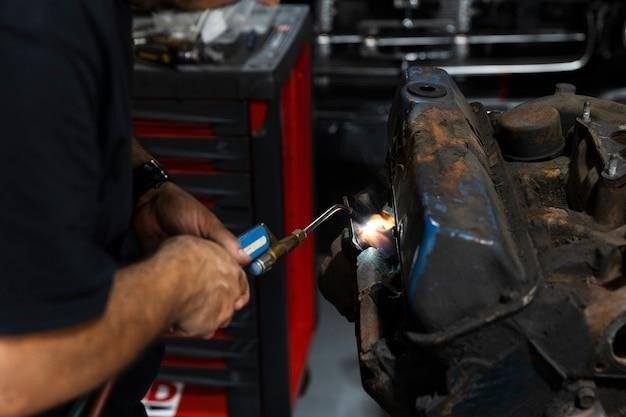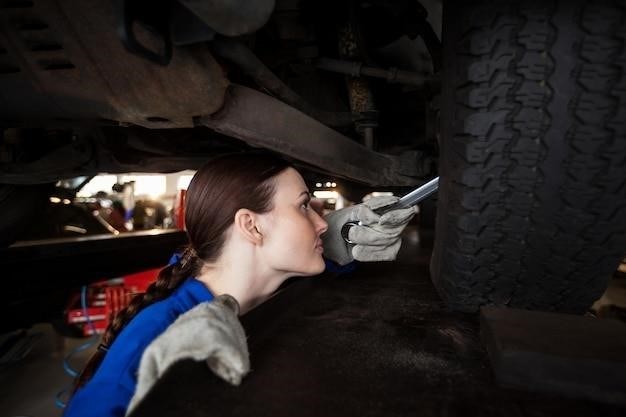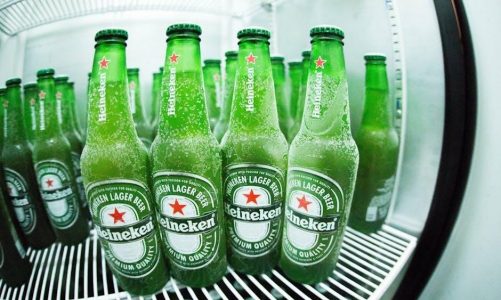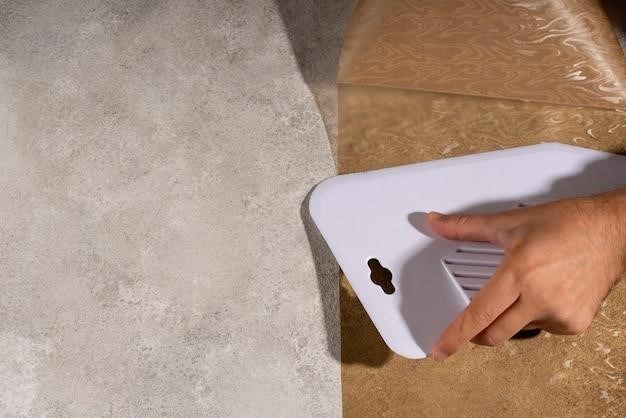Turbo 10 Burning Log Manual⁚ A Comprehensive Guide
This comprehensive guide is designed to help you understand and operate your Turbo 10 Burning Log wood heater effectively and safely. We’ll cover everything from basic operation and troubleshooting to maintenance and safety precautions, ensuring you get the most out of your heater for years to come.
Introduction
The Turbo 10 Burning Log wood heater is a renowned and enduring Australian product, known for its robust construction, long-lasting performance, and low environmental impact. This manual serves as your guide to unlocking the full potential of your Turbo 10, helping you enjoy cozy warmth and efficient heating throughout the colder months. Whether you’re a seasoned wood-burning enthusiast or a newcomer to this heating method, this manual will provide you with the necessary knowledge and practical tips to ensure safe and efficient operation of your Turbo 10.
History and Features of the Turbo 10
The Turbo 10 Burning Log wood heater has a rich history, dating back over 40 years and establishing itself as a trusted name in Australian homes. Known for its “clean burn” technology, the Turbo 10 is renowned for its efficiency and low emissions. It features a durable construction, typically with a steel welded firebox, and is designed to heat up to 250 square meters, making it ideal for larger homes and spaces. The Turbo 10 is also equipped with a flue damper to control airflow and optimize combustion, maximizing heat output and minimizing smoke. This iconic Aussie wood heater has earned its place as a reliable and efficient heating solution for generations.
Operating the Turbo 10
Operating your Turbo 10 effectively involves understanding and utilizing its key features. The air control levers, typically located above the door, play a crucial role in regulating the fire. These levers control the amount of air entering the firebox, influencing the intensity and efficiency of the burn. The flue damper, located near the top of the heater, is used to control the flow of smoke and heat up the chimney. Properly adjusting these controls will help you achieve optimal heat output and a clean, efficient burn. The Turbo 10 is designed for ease of use and efficiency, allowing you to enjoy a cozy and warm environment.
Air Control Valves
The air control valves, commonly found above the door of your Turbo 10, are essential for regulating the fire’s intensity. They control the air flow into the firebox, influencing the burn’s efficiency and heat output. Properly adjusting these valves is crucial for achieving optimal performance from your heater. When starting a fire, you’ll generally want to open the air valves fully, allowing ample oxygen for the kindling to ignite. As the fire burns, you can gradually reduce the air flow, creating a slower and more efficient burn. Experiment with different valve settings to determine the ideal combination for your needs and fuel type.
Flue Damper

The flue damper, usually located near the top of the stove, acts as a gatekeeper for the hot gases produced by the fire. It’s crucial for controlling the draft and regulating the burn. When open, the damper allows the hot gases to escape through the flue, drawing fresh air into the firebox for a strong burn. When closed, it restricts the flow of gases, slowing down the fire and reducing the heat output. Closing the damper after the fire has died down is essential for preventing heat loss and ensuring the most efficient use of your fuel. It’s important to note that a jammed flue damper can be a common issue, so regular inspection and maintenance are essential.
Firebox Setup
The firebox is the heart of your Turbo 10, and setting it up correctly is essential for optimal performance and safety. Start by ensuring a solid bed of kindling and small logs. The kindling should be arranged in a pyramid shape to create a strong base for the larger logs. Avoid overloading the firebox, allowing for proper airflow. Once the kindling is ablaze, carefully add larger logs, gradually building up the fire. Remember to always leave a small gap between the logs to promote airflow. As the fire establishes, adjust the air control valves to regulate the burn and achieve the desired heat output. Regularly check the firebox and add fuel as needed to maintain a consistent and efficient burn.
Troubleshooting Common Issues
While the Turbo 10 is known for its reliability, occasional issues may arise. One common problem is a jammed flue damper. This can be resolved by carefully inspecting the damper lever and using a suitable tool to dislodge any obstructions. Another issue is a chain hanging from the heater. This could indicate a loose or broken component within the heater. It’s crucial to contact a qualified technician to address this issue promptly. Finally, confusion regarding air inlets can occur. Remember that the air inlets are designed to regulate airflow and combustion, so ensure they are correctly positioned and functioning properly. If you encounter any other issues, consult your manual or contact the manufacturer for guidance.
Jammed Flue Damper
A jammed flue damper can be a frustrating issue. It can prevent proper airflow, leading to poor combustion and potentially dangerous smoke buildup. To address this, first, inspect the damper lever for any visible obstructions. If you find debris, carefully remove it using a suitable tool. If the lever is still stuck, try gently rocking it back and forth while applying a bit of force. However, be cautious not to damage the lever. If the damper remains jammed despite these steps, it’s recommended to consult a qualified technician to diagnose and fix the problem. A jammed flue damper can be a safety hazard, so prompt attention is crucial.
Chain Hanging from the Heater
A chain hanging from your Turbo 10 heater is usually connected to the flue damper mechanism. This chain allows you to manually adjust the damper, controlling the airflow and the intensity of the fire. If the chain is loose or dangling, it may indicate a problem with the damper itself. First, inspect the chain for any signs of wear or damage. If the chain is worn, it may need to be replaced. Next, check the damper lever and the chain’s connection point. Make sure they are securely attached. If the chain is still loose or dangling, it’s recommended to consult a qualified technician to diagnose and fix the issue. A loose or damaged chain can affect the proper operation of the flue damper, impacting the efficiency and safety of your heater.
Air Inlet Confusion
The Turbo 10 Burning Log heater features a pair of air control levers above the door, which can be confusing for new owners. These levers control the air inlets, not the tubes that appear to be air inlets. The air control levers regulate the amount of oxygen that enters the firebox, influencing the burn rate and efficiency. The primary air lever, usually positioned on the left, controls the air flow at the base of the firebox, while the secondary air lever, on the right, regulates the air flow around the combustion chamber. Proper adjustment of these levers is crucial for achieving a clean and efficient burn. Consult your manual or contact the manufacturer for specific instructions on adjusting the air control levers based on your heating needs and type of wood used.
Maintenance and Servicing
Regular maintenance is essential for ensuring your Turbo 10 Burning Log heater operates efficiently and safely. Start by cleaning the flue at least once a year, ideally during the summer months when the heater is not in use. Accumulated creosote can create a fire hazard and reduce the heater’s efficiency. You can clean the flue yourself or hire a professional chimney sweep. Inspect the firebox, door seals, and other components for signs of wear or damage. Replace worn-out parts promptly to prevent potential issues. Keep the exterior of the heater clean and free of dust and debris. Regular maintenance will extend the life of your heater and ensure it continues to provide reliable heat for many years.
Cleaning the Flue
Regular flue cleaning is crucial for safe and efficient operation of your Turbo 10. Creosote buildup, a highly flammable substance, can lead to chimney fires. Ideally, clean the flue annually, preferably during the warmer months when the heater is not in use. You can clean the flue yourself or hire a professional chimney sweep. If you choose to clean it yourself, use a flue brush and a vacuum cleaner designed for chimney cleaning. Start by removing any obstructions from the flue opening. Insert the brush and work it up and down the flue, removing creosote buildup. Use the vacuum cleaner to remove any loose debris. Inspect the flue for any cracks or damage. If you notice any issues, consult a professional for repairs.
Replacing Spare Parts
Over time, certain parts of your Turbo 10 may need replacement. Commonly replaced parts include door glass, firebricks, flue dampers, and air control levers. It’s recommended to use genuine Burning Log or Sunflame spare parts, which are designed to fit and function optimally. You can purchase these parts from authorized Burning Log dealers or online retailers. When replacing parts, always follow the manufacturer’s instructions. If you’re unsure about any aspect of the replacement process, it’s best to consult a qualified technician. Properly maintained and serviced, your Turbo 10 will provide reliable warmth and efficiency for many years to come.
Safety Precautions
Using your Turbo 10 wood heater safely is paramount. Never leave a fire unattended, especially when children or pets are present. Always ensure there is adequate ventilation in the room where the heater is operating. A functioning smoke alarm is essential and should be regularly checked. Never use flammable liquids to start a fire in your Turbo 10. Store firewood away from the heater to prevent accidental ignition. Ensure the flue is clean and free of obstructions to prevent a buildup of harmful gases. If you experience any unusual sounds, smells, or smoke from your heater, immediately stop using it and contact a qualified technician. By following these safety guidelines, you can enjoy the warmth of your Turbo 10 without compromising your safety.
Where to Find a Manual
Obtaining a Turbo 10 Burning Log manual can be a bit of a quest. While original manuals may be hard to come by, there are several avenues to explore. Start by checking with the original retailer where you purchased the heater. Many businesses keep archives of past product manuals. Online marketplaces like eBay or Gumtree are also good places to look for used manuals. Consider reaching out to other Turbo 10 owners online through forums or dedicated wood heater communities. Many enthusiasts may have digitized copies of the manual they are willing to share. Don’t forget to check with the manufacturer directly. While they may not have the specific model’s manual readily available, they may have a generic manual or helpful troubleshooting information. With persistence, you should be able to locate a suitable manual for your Turbo 10;
Online Resources and Communities
The internet is a treasure trove of information for Turbo 10 owners. Dedicated online communities and forums serve as virtual hubs for exchanging tips, troubleshooting advice, and sharing resources. Websites like Reddit’s “firewood” subreddit, Gumtree’s classifieds, and Fixya’s product troubleshooting platform offer a wealth of user-generated content. These forums are goldmines for finding solutions to common problems, exchanging maintenance tips, and connecting with fellow Turbo 10 enthusiasts. You can tap into the collective knowledge of experienced users, ask questions, and share your own experiences. Don’t underestimate the power of these online communities. They can be your lifeline for all things Turbo 10.

The Turbo 10 Burning Log wood heater is a testament to Australian ingenuity, offering a reliable and efficient way to heat your home. With its long-standing reputation for durability and performance, it’s no wonder this heater remains a popular choice for many Australians. By understanding its operation, addressing potential issues, and performing regular maintenance, you can ensure your Turbo 10 continues to provide warmth and comfort for years to come. Remember, the key to a happy and efficient Turbo 10 is a combination of knowledge, care, and a dash of Aussie ingenuity. So, stay warm, stay safe, and enjoy the cozy warmth your Turbo 10 provides.



